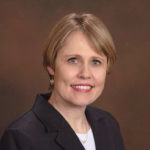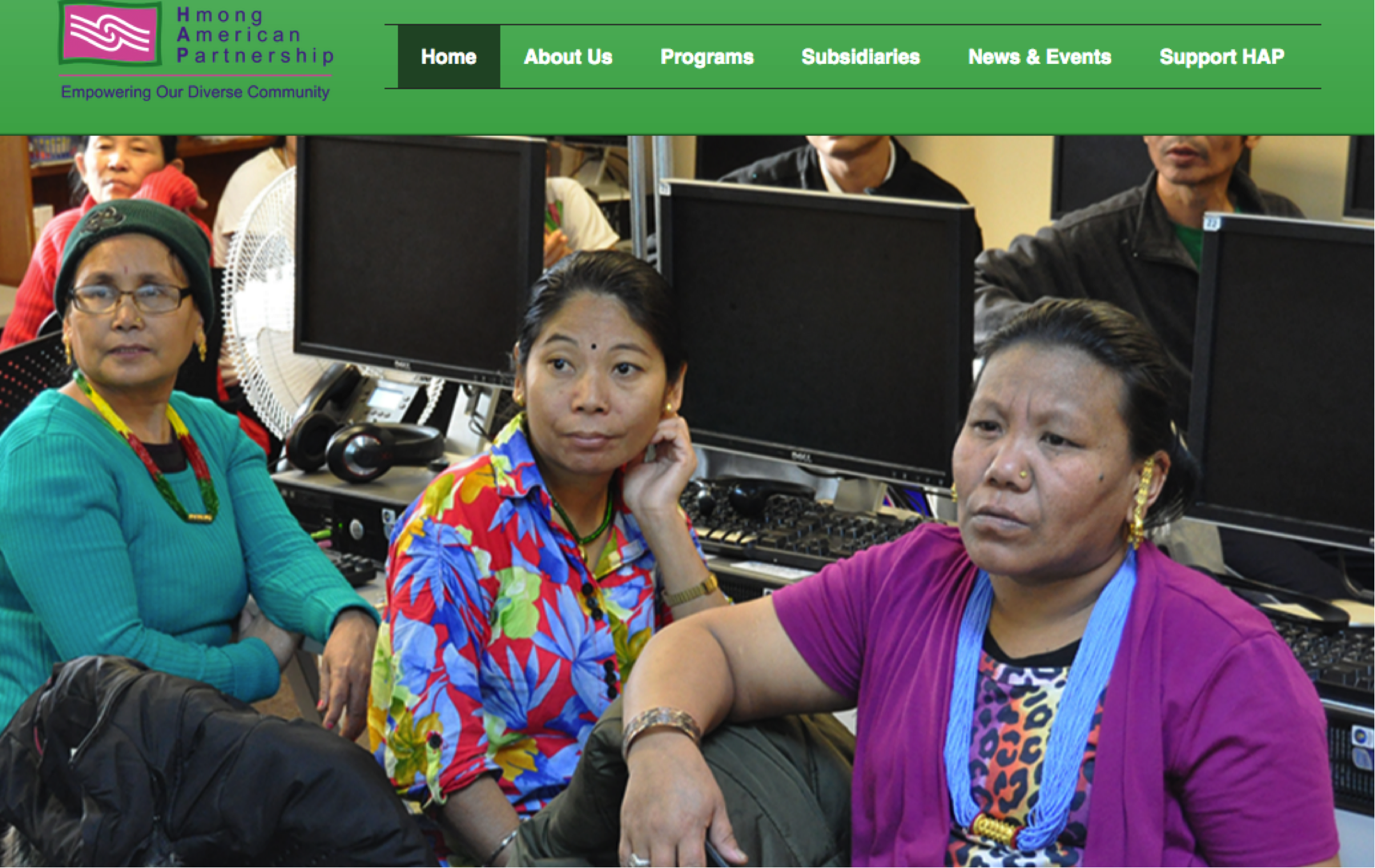We are very excited to share with you our Fall 2015 issue of the MinneTESOL Journal. This issue, like all of our Fall issues, are blind-reviewed, meaning that the manuscripts, stripped from any information regarding the author, have been reviewed by a group of experts in the field to determine the scholarly merits of the manuscripts. This allows authors who need this level of rigor and credibility in their professional careers (often in higher education) to publish through our journal. Nevertheless, we have made sure that all of the manuscripts published in this issue are also accessible and relevant to practitioners and are applicable to practice.
In this issue, you will find two very special invited articles. First, to continue making connections to the professional field of language education in our state, one of our invited articles is by Dr. Annela Teemant, who was one the keynote speakers at the Ninth Language Teacher Education Conference in Minneapolis in May, 2015. Dr. Teemant is an Associate Professor of Second Language Education at Indiana University-Purdue University in Indianapolis. Her research and teaching focus on preparing urban K12 teachers to work with English Learners. To learn more about her, please visit her faculty page at: http://education.iupui.edu/directory/facultydetail.php?id=100. Dr. Teemant’s article in this issue describes critical sociocultural pedagogical practices for sheltering instruction for K-12 English Learners, questioning the status quo in ESL teacher preparation which over emphasizes language to the exclusion of the broader sociocultural, sociopolitical, and sociohistorical context in which students are educated.
We are also very proud and excited to have our second invited article written by Amy Hewett-Olatunde, an ESL teacher at LEAP High School, who was named the 2015 Minnesota Teacher of the Year by Education Minnesota in May 2015. In her article, Hewett-Olatunde shares her ideas for co-constructing a learning environment for and with students that reflects peace, reconciliation, and self-validation. This kind of collaborative environment invites and appreciates different opinions and places community building to the center of the learning process.
In addition to our invited pieces, we have four excellent articles to share. These four articles offer a nice range of ESL teaching and learning contexts, spanning from K-12, to college, adult, SLIFE and to teacher education contexts. The articles discuss a variety of important issues in our field: the shifting roles of the ESL teachers in K-12 classrooms; differences between native and non-native graduate students imagining their future college-level reading instruction; the challenges associated with rating rubrics used for evaluating second language writing in contexts where writing samples are used for decisions about placement; and a description of the strategic efforts of the Hmong American Partnership (HAP) English School to better meet the needs of its students, adult ESL learners from limited formal schooling backgrounds.
As always, this work doesn’t happen without many people. Thank you to those who take the time to write and submit manuscripts and to the volunteers who serve on the Editorial Board and others who agreed to review manuscripts for us. We’d like to thank Jen Vanek, our technical editor, who puts the final formatting touches on the manuscripts before publication, serves as quality control on content and form and coordinates the process of communicating with our authors to get the manuscripts fully ready for publication.
We hope you enjoy reading this issue and will share the articles through social media! Pass on the great work done by our Minnesota ESL professionals and share the learning with people all around the world.
Anne Dahlman and Kim Johnson
MinneTESOL Journal Senior Co-editors









